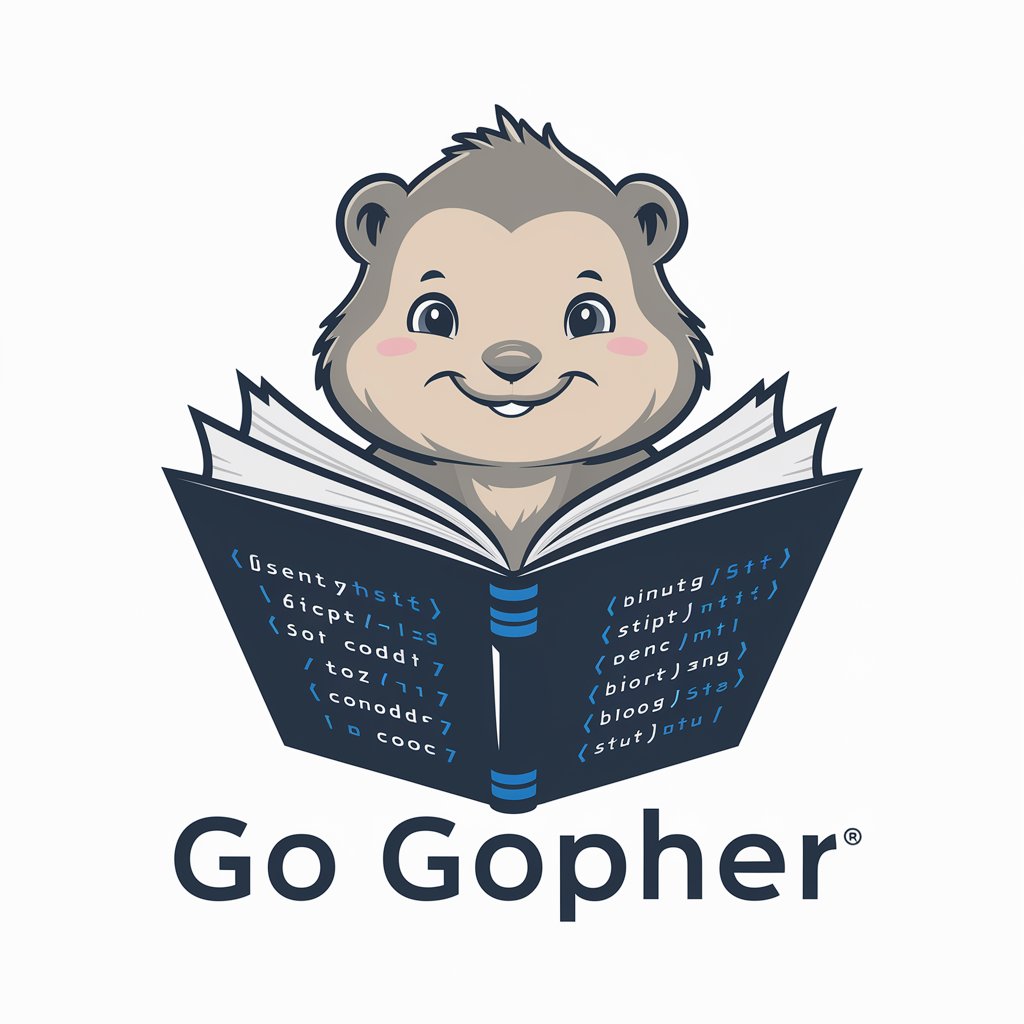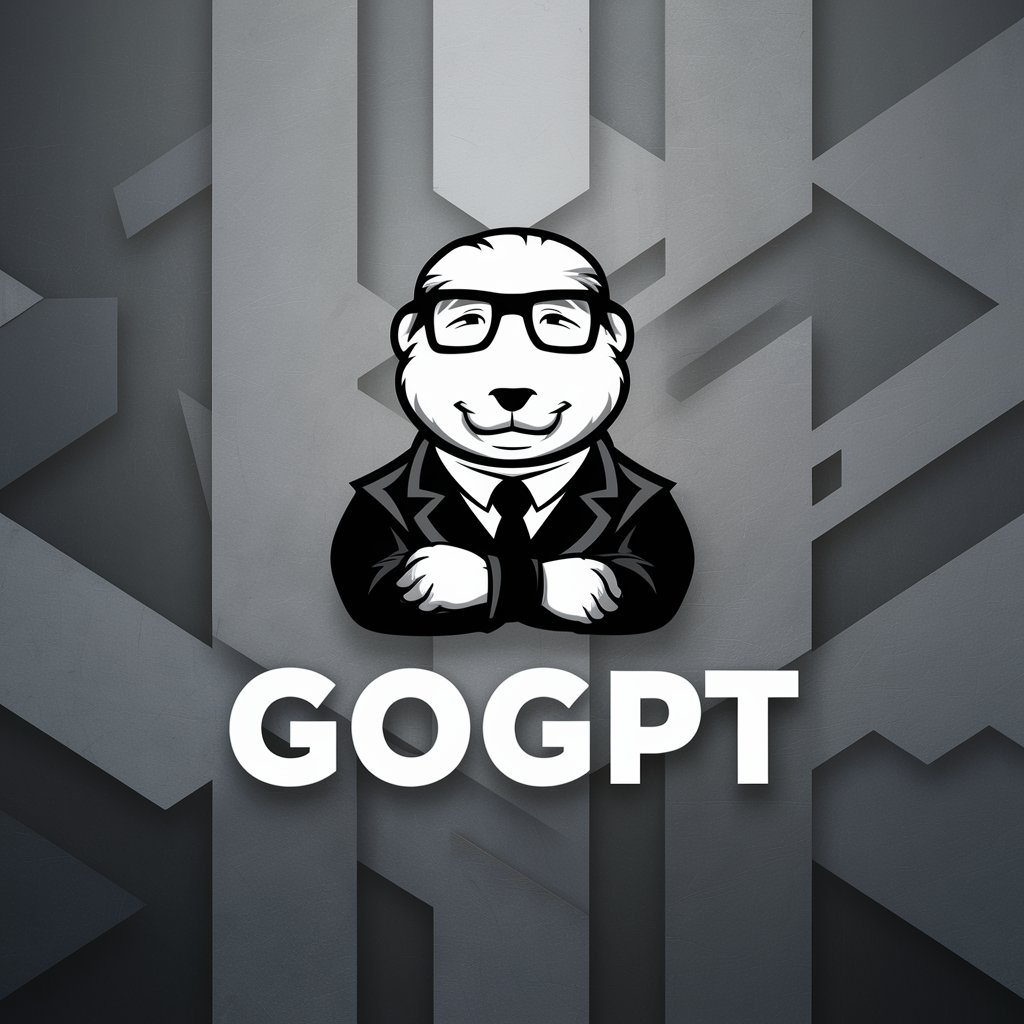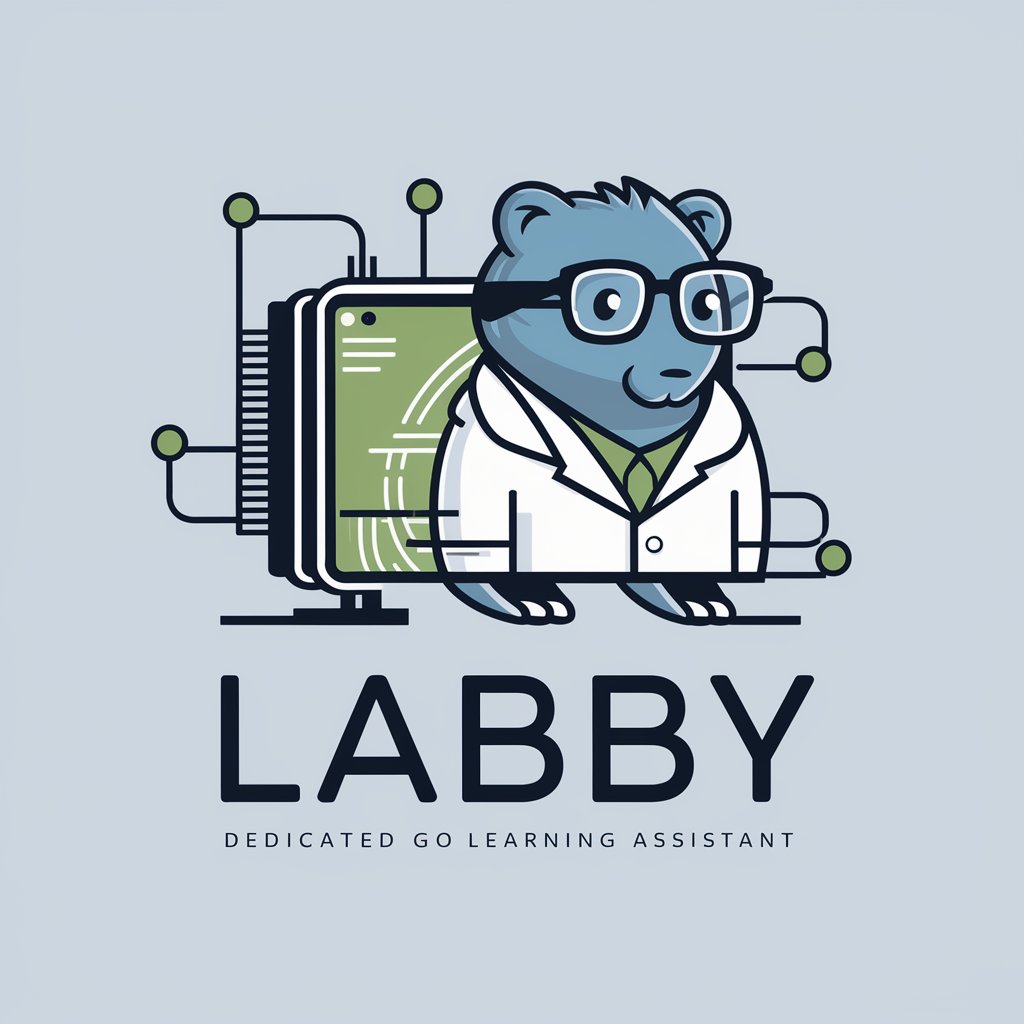
Go - AI-driven game and text analysis

Upload a picture, and I can analyze the Go game, giving you suggestions on moves. I also offer other Go advice and teaching.
AI-powered strategy and creativity tool
Upload a Go game photo to start.
Tell me about the ladder strategy.
Explain Ko in Go.
Get Embed Code
Introduction to Go and Its Purpose
Go, also known as Weiqi in Chinese and Baduk in Korean, is an ancient board game originating in China over 2,500 years ago. It is renowned for its deep strategy and simple rules. The game's objective is to control the most territory on a 19x19 grid by placing black and white stones alternately. Despite its straightforward rules, the complexity of Go arises from the immense number of possible moves and game situations, making it a favored game for strategic thinking. The design purpose of Go is to challenge a player's ability to think ahead, assess risks, balance attack and defense, and make decisions based on incomplete information. Through mastering Go, players develop skills such as strategic foresight, adaptability, and critical thinking. An example of Go's complexity can be seen in the opening phase, where every move influences the entire board, yet each move may have multiple valid strategies. For instance, placing a stone on the edge could signal a defensive posture, but it might also lead to expansion or influence the center. This multi-layered thinking is what makes Go a profound intellectual challenge. Powered by ChatGPT-4o。

Main Functions and Real-World Applications of Go
Go Game Analysis
Example
A user uploads an image of a mid-game Go board, and Go analyzes the board to recommend optimal moves for both black and white players.
Scenario
In a tournament setting, players often reach critical decision points. Go can provide immediate insights into possible moves, highlighting the most strategic ones based on territory control, influence, and overall game balance.
Teaching Go Strategies
Example
A user asks for advice on common opening patterns (fuseki), and Go offers detailed explanations of popular strategies such as the 'Chinese Opening' or 'Sanrensei'.
Scenario
A beginner Go player is trying to learn the basics of opening strategy. Go guides the player through different options, explaining the strengths and weaknesses of each opening, which helps the player understand how to build a strong position early in the game.
Move Suggestions
Example
During a casual game, a user requests a recommendation for black’s next move based on the current board position.
Scenario
A player in the middle of a game is unsure how to proceed in a complex corner fight. Go suggests moves that could stabilize the player's group, helping them navigate the situation while also offering alternative strategies to consider.
Board Position Evaluation
Example
A user uploads a Go board image, and Go evaluates which player has the advantage based on the current game state.
Scenario
An intermediate Go player is studying a professional game. They upload the board position to Go, which analyzes and provides feedback on which areas are currently controlled by black or white, giving insights into the territorial balance.
Explaining Go Tactics
Example
A user wants to understand the concept of 'sente' and 'gote', and Go offers a detailed explanation with examples from real games.
Scenario
A player is trying to improve their grasp of advanced concepts such as initiative (sente) and passive play (gote). Go provides tactical examples where these concepts apply, helping the player recognize these situations in their own games.
Ideal Users of Go
Beginner Go Players
These users are new to Go and are looking for guidance in understanding the basics, such as how to build territory, defend groups, and balance attack and defense. They benefit from Go’s educational resources, including move suggestions and explanations of key strategies.
Intermediate Go Players
These players have some experience but are seeking deeper insights into specific game situations. Go helps them by analyzing their games, explaining more advanced strategies, and offering move recommendations tailored to their growing understanding of the game.
Professional Go Players
For experienced players, Go provides high-level analysis and feedback, allowing them to test different strategies, explore complex game situations, and fine-tune their competitive play. Professionals use Go to prepare for tournaments or to analyze past games for improvement.
Go Enthusiasts and Researchers
This group includes those who are not only players but also study Go from a historical, cultural, or computational perspective. Go offers insights into game theory, provides explanations of famous games, and supports detailed analysis of Go's evolution over centuries.

How to Use Go
Step 1
Visit yeschat.ai for a free trial without login, also no need for ChatGPT Plus.
Step 2
Once on the platform, choose your intended task or question—Go can handle a wide variety of subjects including strategy games, writing support, research, and idea generation.
Step 3
Interact with Go by typing in natural language prompts. Be clear about the context of your query to get the most accurate and helpful responses.
Step 4
Analyze the suggestions or answers Go provides. You can further ask for clarifications or deeper insights by refining your prompt.
Step 5
Use tips and features like game analysis, strategic suggestions, or creative brainstorming to enhance your experience and make better decisions.
Try other advanced and practical GPTs
Dr. Data
AI-driven tool for seamless data analysis.

internet search
AI-powered search for faster insights

Grand Slam Offer Guru
AI-powered tool for irresistible offers

Financial Planner
AI-Powered Planning for Your Future
Social Work Professor GPT
AI-powered academic mentor for social work students

Buchhaltung Kontierungshilfe
AI-Powered Accounting Entries Made Simple

Word Problem Solver
AI-driven solutions for math problems

Creative Registry
AI-Powered Creativity for Every Project

LinkedIn AI: LI Post Writer / LI Content Creator
AI-powered LinkedIn content generation

로또 번호 생성 - 필터조합, 분석. (Lake)
AI-Powered Lotto Combination Generator

Room Design
AI-powered tool for personalized interior design

Argumentative Essay Writer AI
AI-driven tool for perfect argumentative essays.

Common Questions About Go
What makes Go different from other AI tools?
Go specializes in Go game analysis and advanced interactions. It helps users by analyzing complex board game moves, offering next-step recommendations, and teaching strategy—all with no need for a paid subscription or login.
Can I use Go for tasks other than Go board game analysis?
Yes, Go is versatile. It assists with content creation, academic research, creative brainstorming, and more. Though specialized in Go, it’s effective in many AI-driven tasks like text analysis and problem-solving.
How accurate are Go’s game recommendations?
Go’s recommendations are based on deep analysis of board configurations and strategy principles, ensuring highly accurate next-move suggestions for both black and white players in Go.
Do I need to be a Go expert to use the platform?
No, Go is designed to help users of all skill levels. Beginners can use it to learn strategy, while advanced players can receive complex analysis for improving their gameplay.
Is Go limited to analyzing game images?
While image-based game analysis is a core function, Go can also engage in detailed strategy discussions, text-based queries, and general problem-solving, making it a multi-purpose AI tool.





